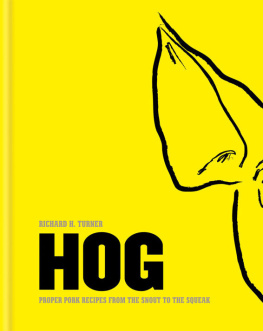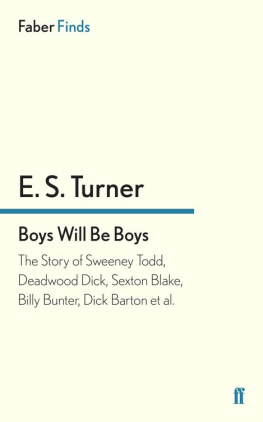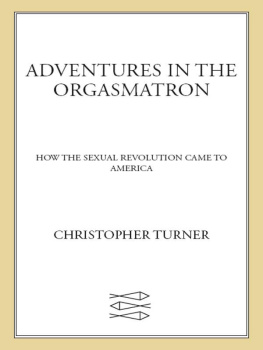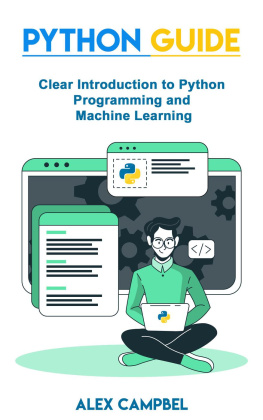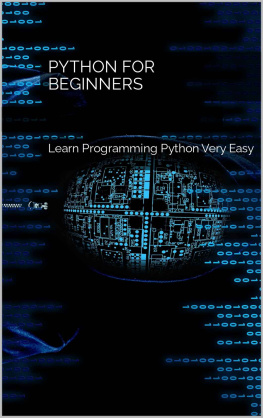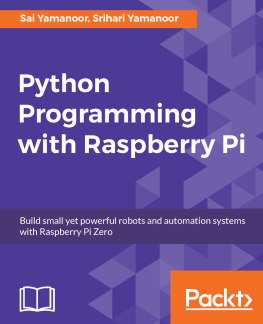PYTHON PROGRAMMING FOR BEGINNERS
A Step-By-Step Guide to Learn Python Basics in 7 Days. Master python programming quickly with a detailed and straightforward language with many practical examples.
TIM TURNER
FOUDER OF DATA INTELLIGENCE AND TECH ACADEMY
Copyright 2019 - All rights reserved.
The content contained within this book may not be reproduced, duplicated or transmitted without direct written permission from the author or the publisher.
Under no circumstances will any blame or legal responsibility be held against the publisher, or author, for any damages, reparation, or monetary loss due to the information contained within this book. Either directly or indirectly.
Legal Notice:
This book is copyright protected. This book is only for personal use. You cannot amend, distribute, sell, use, quote or paraphrase any part, or the content within this book, without the consent of the author or publisher.
Disclaimer Notice:
Please note the information contained within this document is for educational and entertainment purposes only. All effort has been executed to present accurate, up to date, and reliable, complete information. No warranties of any kind are declared or implied. Readers acknowledge that the author is not engaging in the rendering of legal, financial, medical or professional advice. The content within this book has been derived from various sources. Please consult a licensed professional before attempting any techniques outlined in this book.
By reading this document, the reader agrees that under no circumstances is the author responsible for any losses, direct or indirect, which are incurred as a result of the use of information contained within this document, including, but not limited to, errors, omissions, or inaccuracies.
Table of Contents
Introduction
Python is a dynamic explanatory programming language. Python is easy to learn and powerful, and supports object-oriented and functional programming. Python can be used on multiple operating systems such as Windows and UNIX. Python can be used on development platforms such as Java and. NET, so it is also called a beginners programming language. Python's simplicity and ease of use make the development process concise, and especially suitable for rapid application development.
Python with its simplicity and learning with ease helps in reading the programming language, and that is why it reduces the cost to maintain the program. Python encourages the program modularity and code reuse; this is because it supports different packages and modules. The standard library and the Python interpreter can be found in binary form. It is not necessary to charge all the available platforms and can be distributed freely.
Most programmers love the Python program because they offer great productivity. The edit-test debug is a cycle that is fast, and does not need any compilation process. It is easier to debug a Python program; it will not cause any segmentation fault. An exception is raised when an error is discovered by the interpreter. When the exception is not known by the program, the interpreter prints a trace. The debugger, on a level of sourcing, will allow inspecting any variables. There will be a settling of breakpoints, arbitrary expressions, and stepping on the code at any time. The Python is what writes the debugger, the easier and a quick debugging method, and programs of adding prints on the source and statements.
Programming concepts are always understood only if you can practically use them on your own. For this exact reason, we have bundled this book with a lot of programming code examples that will initiate you to code on your own. Already experienced programmers can also use this book as good reference material on Python.
There are a lot of books that cover Python in the market, but you have chosen us to immerse you into the world of Python programming. We are sure that you will get a good learning experience while reading this book. Lets go!
Python is a programming language that is pretty famous and has a very generous community, that produces high-quality projects for various branches of computer science such as data mining, machine learning, and deep learning, on a regular basis. It is an old programming language but still solves modern problems perfectly.
This book is not a reference but a smart introduction to Python in an easy way. We tried to explain all the concepts in an easy language, so that the readers can learn the programming concepts and use them to create some pretty innovative projects.
Chapter 1: A Brief Introduction On The History And Philosophy Of Python
Python was invented in the later years of the 1980s. Guido van Rossum, the founder, started using the language in December 1989. He is Python's only known creator and his integral role in the growth and development of the language has earned him the nickname Benevolent Dictator for Life. Python was created to be the successor to the language known as ABC.
The next version that was released was Python 2.0, in October, 2000, and had significant upgrades and new highlights, including a cycle-distinguishing junk jockey and back up support for Unicode. It was most fortunate, that this particular version made vast improvement procedures to the language, which turned out to be more straightforward and network-sponsored.
Python 3.0 initially started as Py3K. Funny right? This version was rolled out in December of 2008 after a rigorous testing period. This particular version of Python was hard to roll back to previous compatible versions, which is the most unfortunate. Yet, a significant number of its real highlights have been rolled back to Python versions 2.6 or 2.7, and rollouts of Python 3 which utilizes the two to three utilities, that helps to automate the interpretation of the Python script.
The expiry date of Python 2.7 was originally supposed to be back in 2015, but for unidentifiable reasons, it was put off until the year 2020. It was known that there was a major concern about data being unable to roll back, but roll forward into the new version, Python 3. In 2017, Google declared that there would be work done on Python 2.7 to enhance execution under simultaneously running tasks.
Chapter 2: Why Python?
Python is a versatile and powerful programming language that was developed in 1991 by Guido van Rossum.
As a fun fact, you should know that the name of the language does not come from the snake, which bears the same name. Guido named his project Python after Monty Python, which was a British comedy group he was a big fan of.
If you happen to be a fan as well, you will find several easter eggs within the official documentation of the language.
Since 1991, Python has been used to introduce people to programming due to its simple syntax, as well as to create complex programs and analyze massive amounts of data.
As a beginner, with Python, you will be able to write a basic program quickly. You can easily scale it further as well, and turn it into a commercial project.
The main reason why Python is so popular for beginners is the fact that the language is easy to read and write.
Its structure is human-like and easy to understand; therefore, the code is very user-friendly.
This means that you should not find it too difficult to remember the language and structure.
In addition, Python comes with a number of libraries and premade functions that you can immediately add to your code. This way, you can save time. In many ways, it is like playing with Legos.
As long as you pace yourself, learn and practice everything in this book, and extend your knowledge using other resources, you will be able to write a program that you will understand ten years from now.




